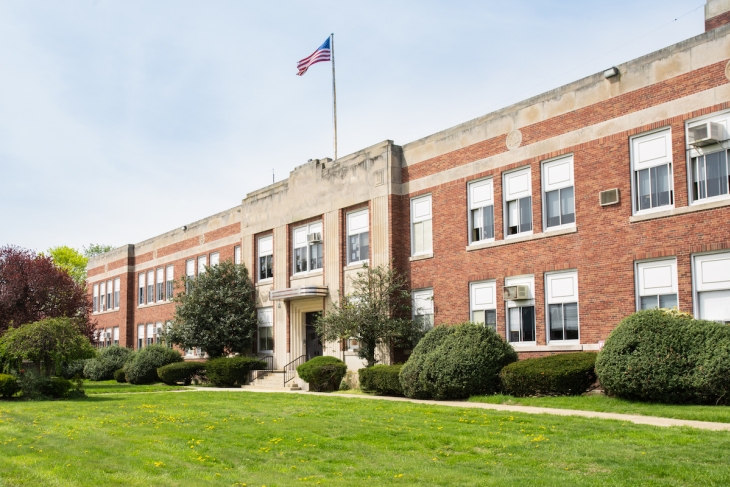While national school-choice advocates crow about recent legislative victories in states like Iowa, Utah, South Carolina, and West Virginia, setbacks and struggles simmer in Illinois, Montana, and Idaho. The promise of school choice for families and children continues to face threats from adult interests and the stale argument that all we need to improve learning is more money for traditional public schools.
Illinois’s Invest in Kids Tax Credit Scholarship Program—which grants tax credits to taxpayers who fund scholarships that allow 9,700 low-income students to attend private schools—is set to sunset at the end of the calendar year unless lawmakers approve an extension. This is unlikely to happen in the current legislative session. Program opponents claim that “the state can’t afford a private school choice program because public schools are underfunded by billions of dollars.” Illinois currently spends $15,129 per public school student, while fewer than one in five Chicago third-graders are proficient in reading and math. If legislation isn’t passed in the next few days in Springfield, then the funding for Invest in Kids goes away permanently.
Montana Governor Greg Gianforte signed HB562 in May, which created a workable charter school law that would allow “community choice schools” to operate independently from local school districts, including important exemptions from certification and other bureaucratic requirements. In June, the Montana Quality Education Coalition and the League of Women Voters of Montana filed a lawsuit challenging the law. Opponents claim that the new law “threatens to divert critical taxpayer dollars away from public schools—part of what the Montana Quality Education Coalition and other state associations characterized as a broader agenda to privatize education spearheaded by out-of-state interests.”
Montana passed its law thirty-two years after Minnesota passed the nation’s first charter school law, yet opponents’ arguments harken back to those first made against public charter schools when George H. W. Bush served as President and Bryan Adams’s “(Everything I Do) I Do It for You” topped the music charts. It’s still about the money and adult interests.
Even in politically-bright-red Idaho, where I live and where the legislature and governor are unabashed charter school supporters, parents find their choice of school at risk. In rural Fruitland on the Oregon border, the Treasure Valley Classical Academy has been serving 588 students in grades K–10. This charter outperforms the local district on state assessments, mostly by double digits. Its year-over-year student retention rate averages over 95 percent, and it has a burgeoning waitlist.
Yet it’s stuck in a facility situation that prevents it from growing. In fact, if a second facility can’t be built, the school will have to reduce its enrollment to less than 400. School leaders, knowing this challenge was coming their way, have worked with the city of Fruitland for three years to identify an appropriate property for an upper-school campus, while also assembling a responsible financing package that would allow the school to serve 702 students as a K–12 program. Everything needed to finance and build a second building is in place, save for final approval from the city.
On June 13, the Fruitland Planning and Zoning Commission rejected the school’s Conditional Use Permit (CUP). Idaho Ed News reported that, “In its denial, the planning commission cited traffic issues, written and public testimony received, project costs, and impact to the area, according to minutes from the meeting. One nearby business worried about losing its liquor license because of its 300-foot proximity to a school.” TVCA has agreed to mitigate its fair share of impacts.
This decision, if upheld by the city council later this summer, would prevent hundreds of students from completing their education at the Hillsdale Barney Charter School Initiative American Classical Academy, and push back many into the under-performing district schools their families fled.
Nationwide, we’ve seen many school-choice gains, yet far too many American families and children still struggle to find and keep school opportunities that work best for them. And like democracy itself, keeping and protecting freedom and the right of parents to choose where their children are educated is a constant struggle that requires vigilance. My own childhood hero, Ronald Reagan, warned in 1964: “Whether we believe in our capacity for self-government or whether we abandon the American revolution and confess that a little intellectual elite in a far-distant capitol can plan our lives for us better than we can plan them ourselves.”
Parents should have the final say in where their children go to school, not self-interested adults or tame bureaucrats.


